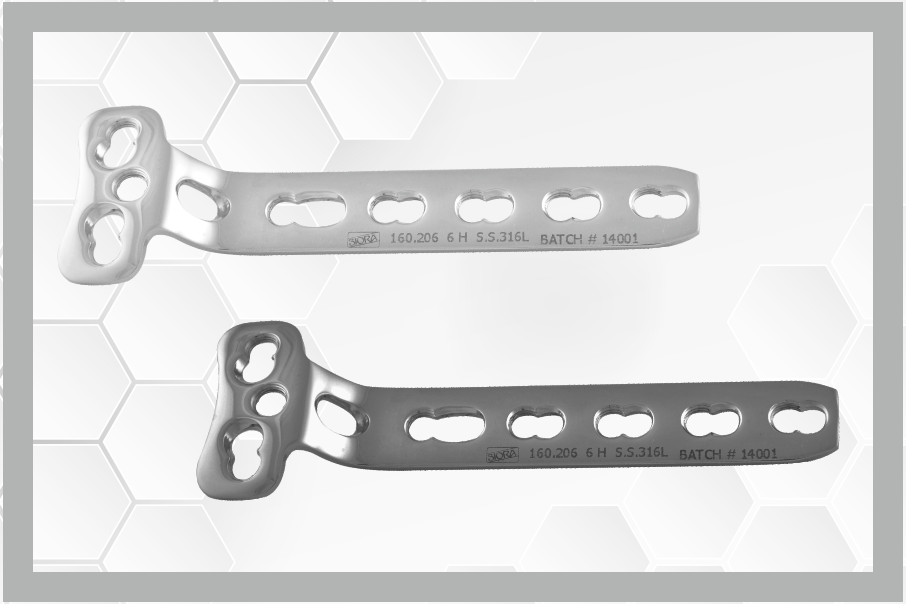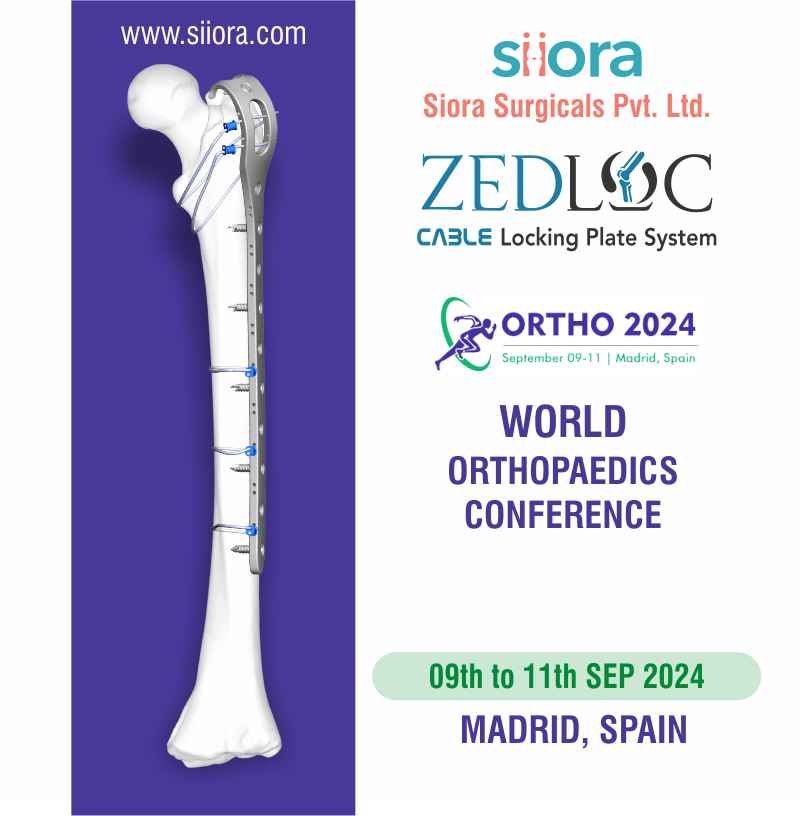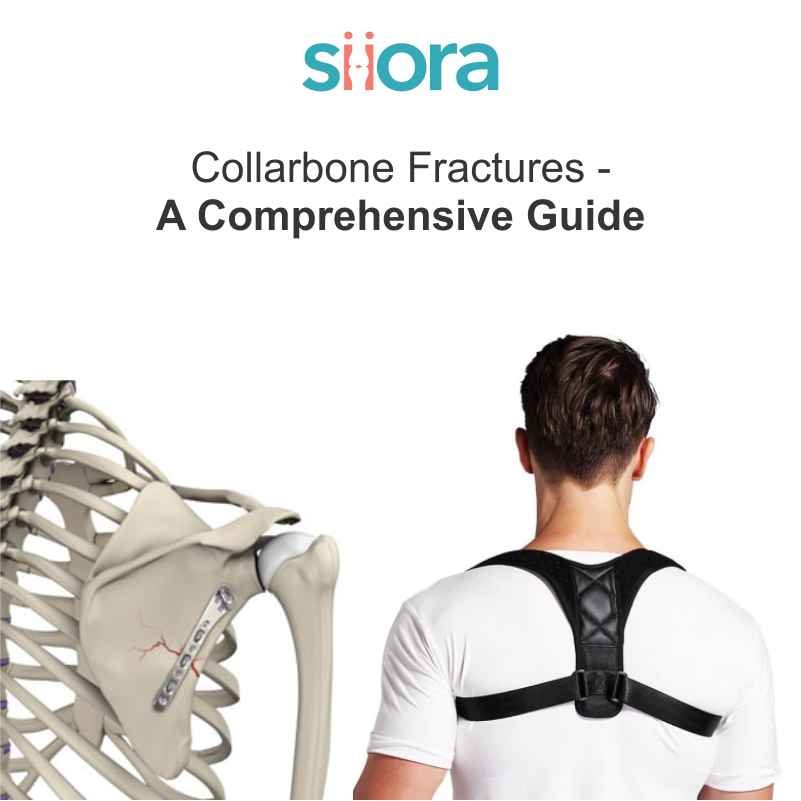Bone plates work like internal splints which hold together the fractured parts of a bone. These plates are available in all size, thicknesses, and shapes to suit the bone. Over the years, developments in material science and engineering have led to the evolution of different shapes and size of the plates for clinical use.
In the initial phase of development of plates, surgeons such as Lane and Lambote used them to merely fix two bone fragments in approximate alignment. There were frequent Mechanical failures due to the metal reaction, inadequate design of screws and plates, etc.
The first use of interfragmentary compression by applying for plates under tension along the longitudinal axis of the bone was by Danis, a Belgian surgeon in 1949. The concept was further explored and perfected thereafter by Muller and the AO group.
A bone plate has two mechanical functions. It transmits forces from one end of the bone to the other, bypassing the area of fractures and thus protecting them. Throughout the healing process, it also holds the fracture ends together while maintaining proper alignment of the fragment.
Classification –
The names given to bone plates can refer to the shape of the plates (semi-tubular or one-third tubular plate), or some time to the width of the plate (broad or narrow plate). A name may be derived from the shape of the screw holes (round hole plate), or from the surface contact characteristics of the plate (low contact), or from the intended site of application (condylar plate).
Regardless of their geometry, configuration, length, thickness, or types of holes, all plates may be classified into four groups according to their function.
- Neutralization Plates
- Compression Plates
- Buttress Plates
- Condylar Plates
Neutralization Plate –
A neutralization plate transmits various forces from one end of the bone to the other, bypassing the area of the fracture and acts as a ‘bridge’. Its main function is to maintain a mechanical link between the healthy segments of bone above and below the fracture. Such a plate does not produce compression at the fracture site.
A plate used in combination with a lag screw is also a neutralization plate, counteracting the torsional, bending and shearing forces that tend to disrupt the screw. Besides this, the lag screw contributes to the interfragmentary compression and stability. The neutralization plate merely protects the lag screw, allowing mobilization of the extremity.
In exceptional circumstances, a neutralization plate can produce compression at the fracture site, if the geometry of the fracture permits it.
The most common clinical application of the neutralization plate is to protect the screw fixation of a short oblique fracture of a long bone. Also, for the fixation of a segmental bone defect in combination with bone grafting.








